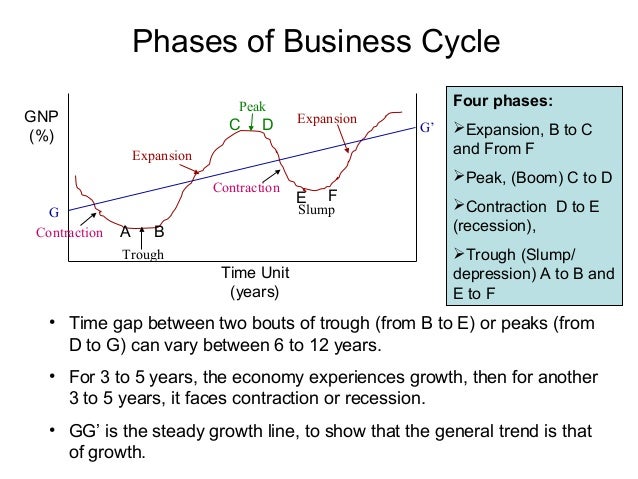Expansion Phase Of The Business Cycle

The U.S. economy continues to show signs of expansion, marking a period of growth characterized by increasing employment, consumer spending, and business investment. This phase of the business cycle follows a period of contraction and signals a broader recovery and potential for continued economic prosperity.
The current expansion phase, while showing positive indicators, is being closely monitored by economists and policymakers alike. They are watchful for signs of overheating or imbalances that could lead to future economic downturns. The National Bureau of Economic Research (NBER), the official arbiter of business cycles in the United States, has not yet declared an end to the expansion that began after the COVID-19 recession.
Understanding the expansion phase is crucial for businesses, investors, and individuals. It provides a framework for making informed decisions about investments, spending, and employment opportunities. The impacts of an expansion are multifaceted, ranging from increased job creation to inflationary pressures.
Key Characteristics of the Expansion Phase
An expansion phase is typically identified by several key economic indicators. These include a rise in Gross Domestic Product (GDP), the total value of goods and services produced in a country. Consumer spending also generally increases as people feel more confident about their financial situation.
Business investment in capital goods, such as equipment and software, tends to rise during an expansion. This is because businesses are more optimistic about future demand. Unemployment rates typically decline as companies hire more workers to meet increased production needs.
Furthermore, inflation, the rate at which prices for goods and services rise, often increases gradually during an expansion. This can be due to higher demand and increased production costs. Interest rates may also rise as the Federal Reserve attempts to manage inflation and prevent the economy from overheating.
Current Expansion Context
The current expansion is unique due to its emergence from the unprecedented economic shock of the COVID-19 pandemic. The initial recovery was fueled by significant government stimulus and accommodative monetary policy. However, the expansion has also been marked by supply chain disruptions and rising inflation.
According to the Bureau of Labor Statistics (BLS), the unemployment rate has fallen to near historic lows. Job growth has been robust across various sectors, signaling a healthy labor market. Retail sales have generally remained strong, indicating continued consumer spending.
However, inflation remains a concern. The Consumer Price Index (CPI), a key measure of inflation, has shown elevated levels. The Federal Reserve has been actively raising interest rates to combat inflation, a move that could potentially slow down the expansion.
Impact and Considerations
The expansion phase presents both opportunities and challenges for businesses and individuals. Businesses can capitalize on increased demand by expanding operations and hiring more employees. Individuals may benefit from higher wages and increased job security.
However, rapid expansion can also lead to problems. These include inflation, labor shortages, and unsustainable levels of debt. Policymakers must carefully manage the economy to ensure that the expansion is sustainable and does not lead to a future recession.
"Monitoring key economic indicators and remaining vigilant about potential risks is crucial during an expansion,"stated Dr. Anya Sharma, a senior economist at the Economic Policy Institute. She further emphasized the need for balanced economic policies to maintain sustainable growth.
Looking Ahead
The future of the current expansion remains uncertain. The effects of rising interest rates and global economic conditions will play a significant role in determining its duration. Factors such as geopolitical events and technological advancements could also influence the economic trajectory.
Economists and policymakers will continue to monitor key economic indicators closely. Their aim is to ensure stable and sustainable economic growth. The ongoing expansion presents both opportunities and challenges, demanding careful attention and proactive management.
Ultimately, understanding the dynamics of the expansion phase is essential for navigating the complexities of the modern economy. Staying informed and making sound financial decisions is important for businesses, investors, and individuals alike.
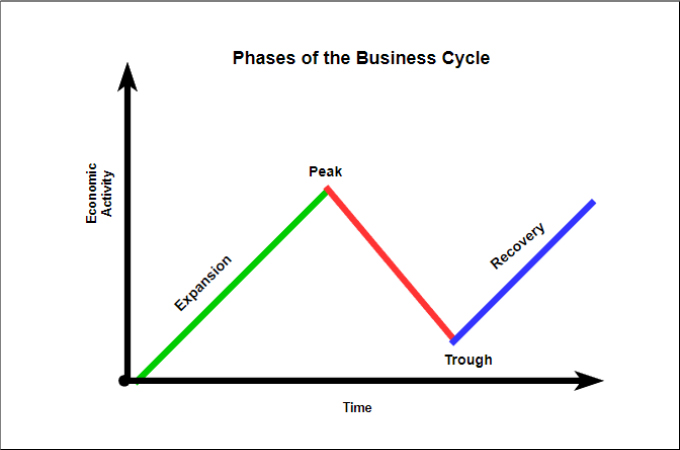

/phasesofthebusinesscycle-c7cb7a3ce6894e86a3e44d5b0fe4d5e2.jpg)
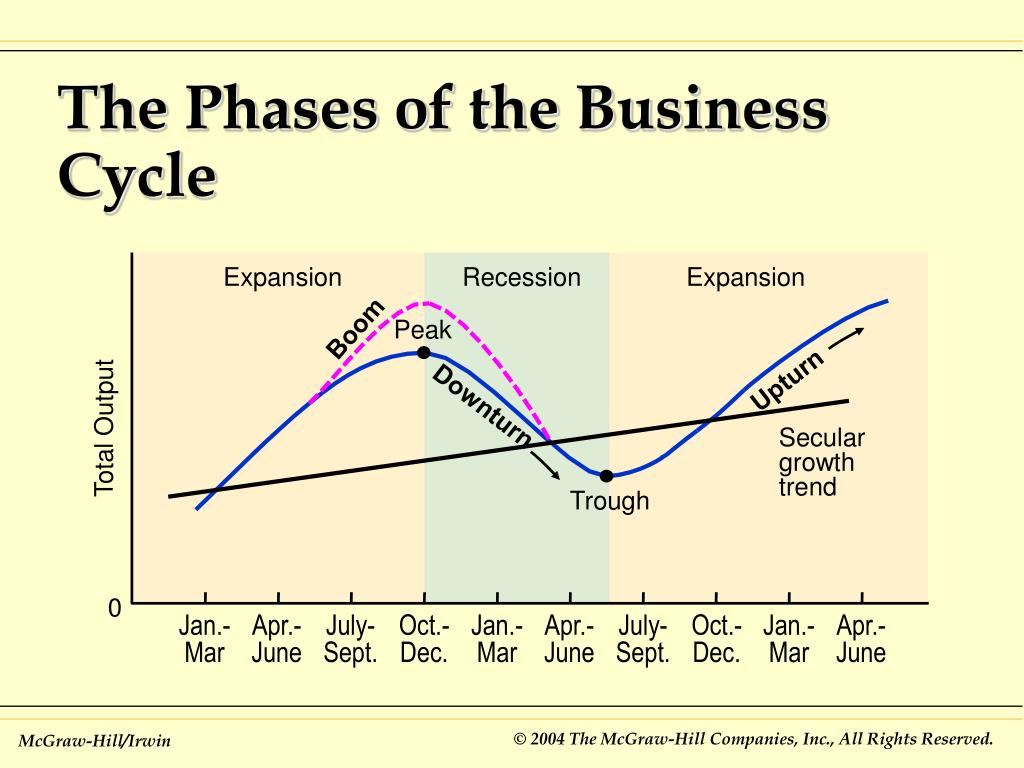
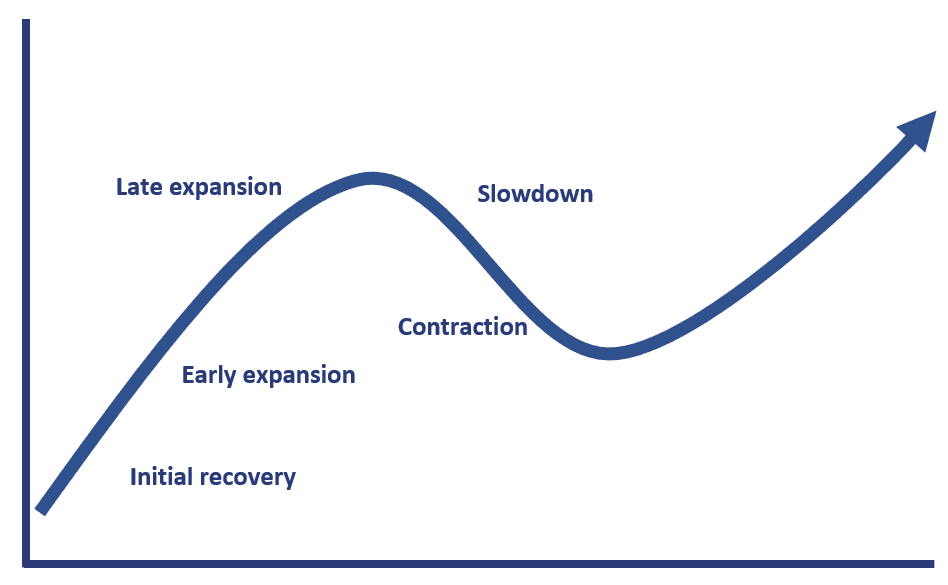

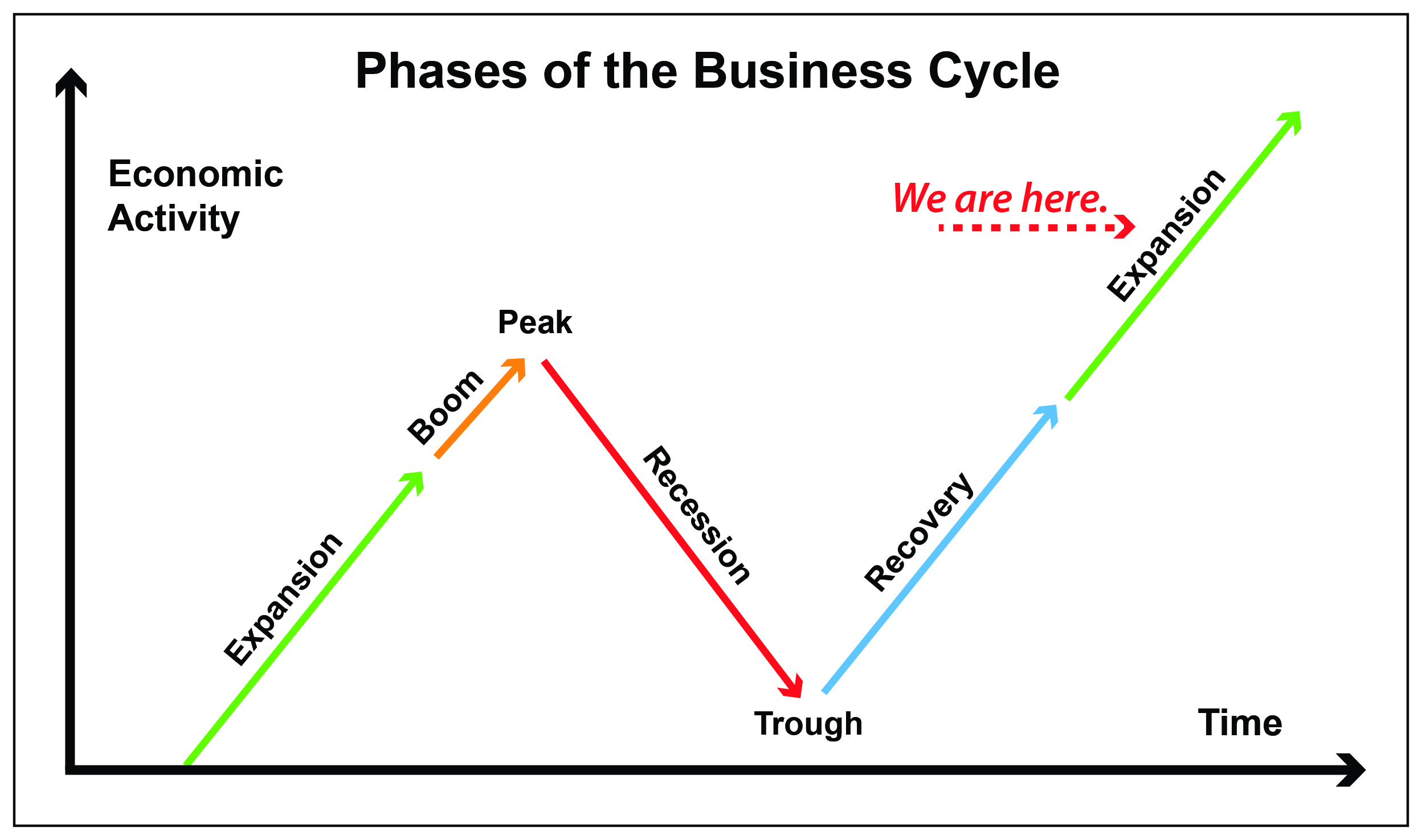
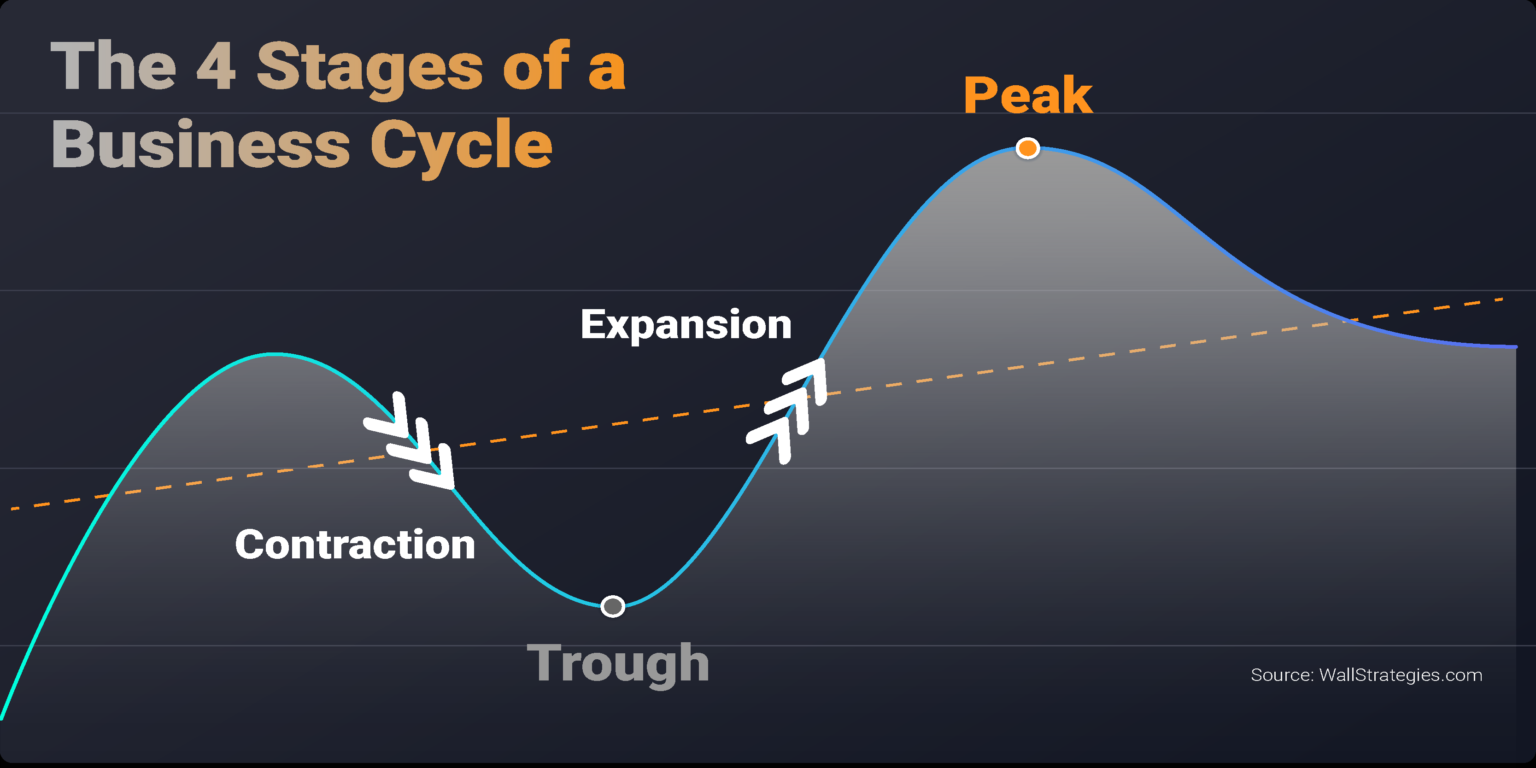
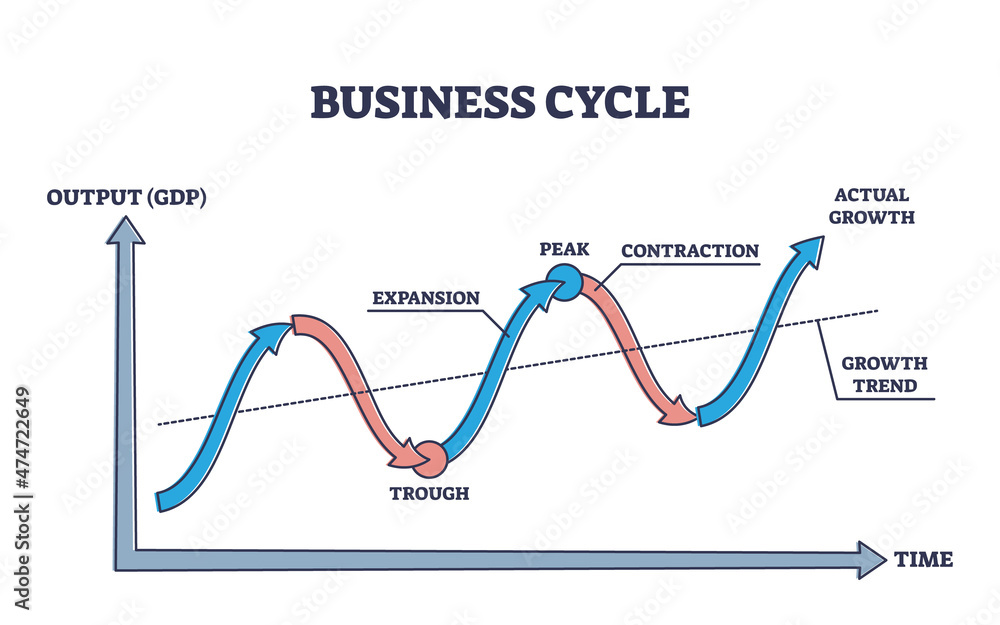
:max_bytes(150000):strip_icc()/businesscycle-013-ba572c5d577c4bd6a367177a02c26423.png)
/businesscycle-013-ba572c5d577c4bd6a367177a02c26423.png)
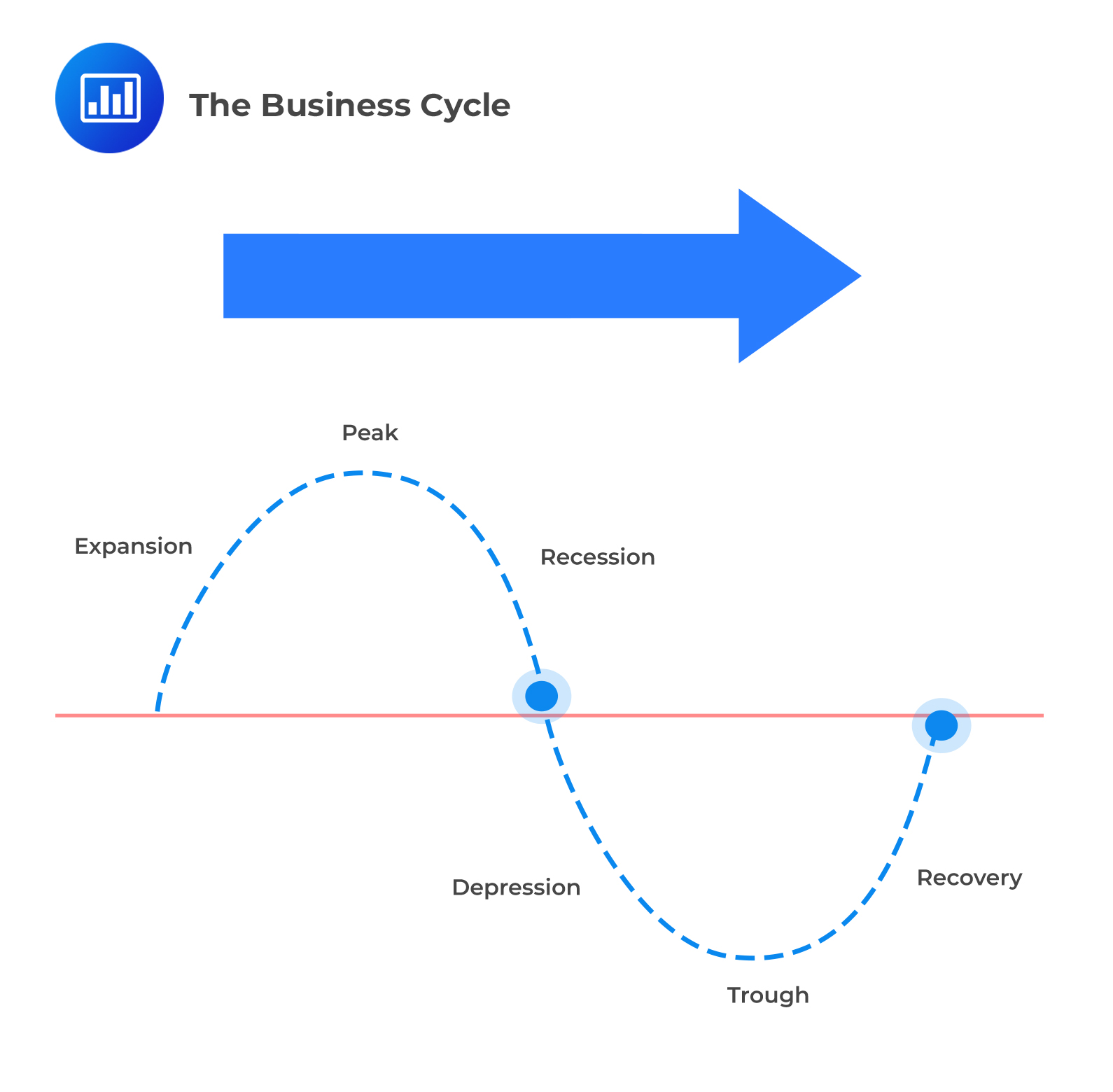

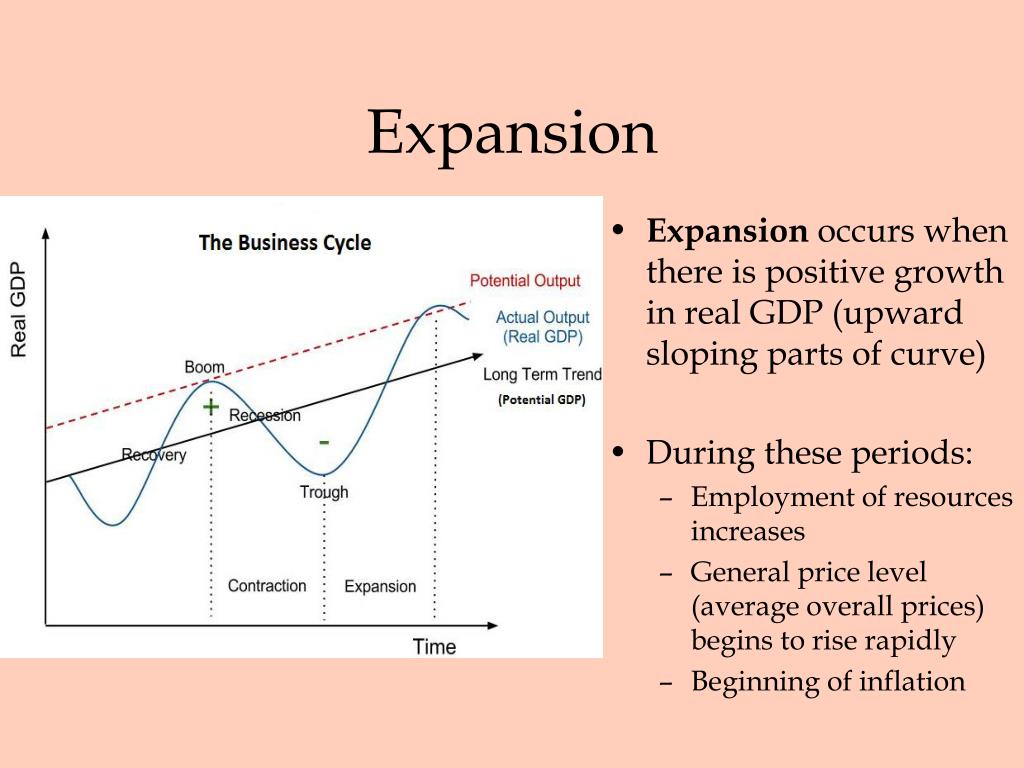
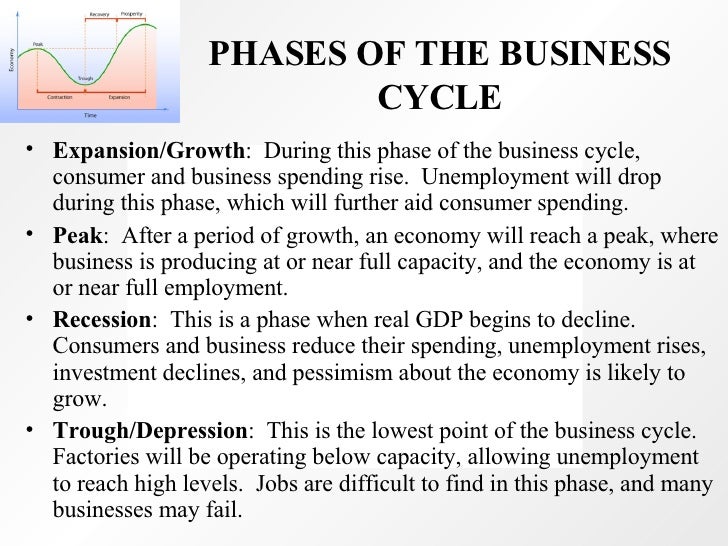
.png)

